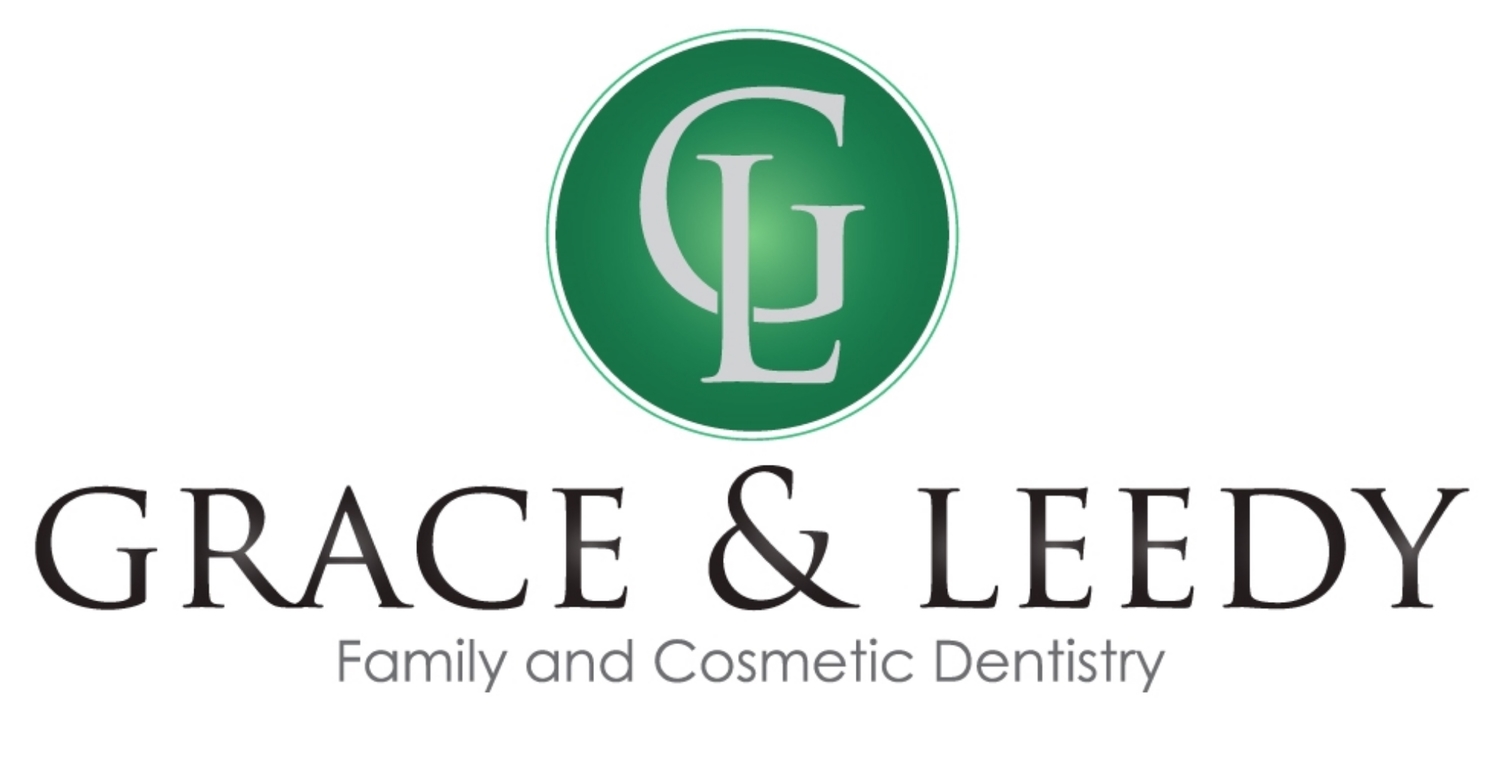We’ve all been to the dentist office, climbed into the chair and undergone a routine examination from our dentist. At these times, we may worry about our brushing habits or the appearance of new cavities, but few of us actually know each and every condition that a dentist looks for during a routine checkup. While ignorance may be bliss, it’s actually a good idea to become more familiar with what your dentist is looking for every 6 months. It reinforces the need to keep up with regular dentist visits, and it keeps you from wondering what exactly is going on when you’re sitting in the dentist chair. Today let’s examine what happens in a routine dental checkup.
Teeth Cleaning
A routine dental checkup all starts with a thorough cleaning from your dental hygienist. This is a great opportunity to remove any tartar buildup that can lead to more severe oral health problems down the line. They will start with a sickle probe that is a specialized tool great for removing tartar from hard to reach places. Even if you’re on top of your brushing and flossing habits, tartar can still develop in these hard to reach places, which is why a routine visit to a dental hygienist is so important.
Next the hygienist will floss your teeth to ensure all the harmful tartar has been removed. Yes even if you floss daily, it never hurts to have a professional floss your teeth, and their perspective is definitely helpful. Finally, the hygienist will use a special brush tool to apply a mineral rich paste to your teeth. This compound will help keep your teeth strong for the next six months. With these cleaning tasks performed, it is time for your dentist to make a routine inspection.
The Dental Exam Portion
Once the cleaning is completed, your dentist will begin the exam by asking you if you’re experiencing any new or unusual pain or symptoms. If everything is normal, they will begin an exam with a mirror and sickle probe. There are numerous issues they may be looking for in this exam.
X-RAYS
Occasionally your dentist may need to take X-rays to inspect the areas of your jawline and below your gums. This is done by biting down on a tray while positioned next to an X-ray machine. Often, patients may express concern in taking dental X-rays, but today’s digital X-ray machines are far safer than traditional machines and expose patients to very little radiation. With these X-rays in hand, your dentist can perform a full evaluation of your oral health, even what they can’t see.
CAVITIES AND TOOTH DECAY
Of course a big part of any routine dental checkup comes with cataloging and treating cavities. Some cavities, like smaller ones, often don’t need filings at this stage, but they do need to be monitored. Creating a map of your teeth will help with the treatment of cavities in future appointments. If the dentist sees a cavity worsen, they may need to schedule a future appointment to get it filled. In addition to cavities, your dentist will inspect other aspects of your teeth as well. If you have crowns, fillings, or other dental work, they will examine the condition of these elements to make sure they are in good shape. They will also look for chronic issues like teeth grinding, and check for any cracking or other damage in your mouth. A dental checkup doesn’t just involve your teeth. Your gums are an important part of the checkup as well.
SOFT TISSUE / GUM DISEASE EXAMINATION
Your gums can signal oral health issues just like your teeth, and in this regard, a dental checkup involves both your teeth and your gums. A big part of the soft tissue examination involves looking for any cancerous growths. As with all cancer, the earlier it is caught the better, and the dentist will check all soft tissue areas of your mouth, not just your gums to make sure everything looks ok. This is an important part of any routine dental checkup that some patients may not know about unless they ask.
Next, gum disease prevention is a huge part of any routine dental checkup, and it all starts with an inspection of the gums. The dentist will check for any gum recession since your last visit, and signs of bleeding, red or inflamed gums can also be a sign of advancing gum disease as well. Just like cancer, gum disease is best treated when it is caught early. Waiting to long to have it diagnosed can result in tooth loss, and this is another big reason why a routine dental checkup is key to long-term oral health.
Results And Next Appointment
Once the dental examination is completed, your dentist will suggest any treatment plans (if needed) and make any recommendations to improve your existing oral health. For example, you may need to schedule an appointment for a filing in a trouble spot, or you may just need to add prescription toothpaste to your brushing routine. Whatever the recommendations, it is best to follow their instructions as any issues left untreated will only become worse (and more expensive to treat) with time. Even if you have a clean bill of health, we recommend scheduling that next checkup appointment right away so you don’t forget. (For more on what to do when you get a clean bill of health, read our article: My Teeth Are Healthy, Now What?)
Grace & Leedy Family Dentistry is the perfect place to get a routine dental checkup and inspection for the whole family. Contact us today to get started!



